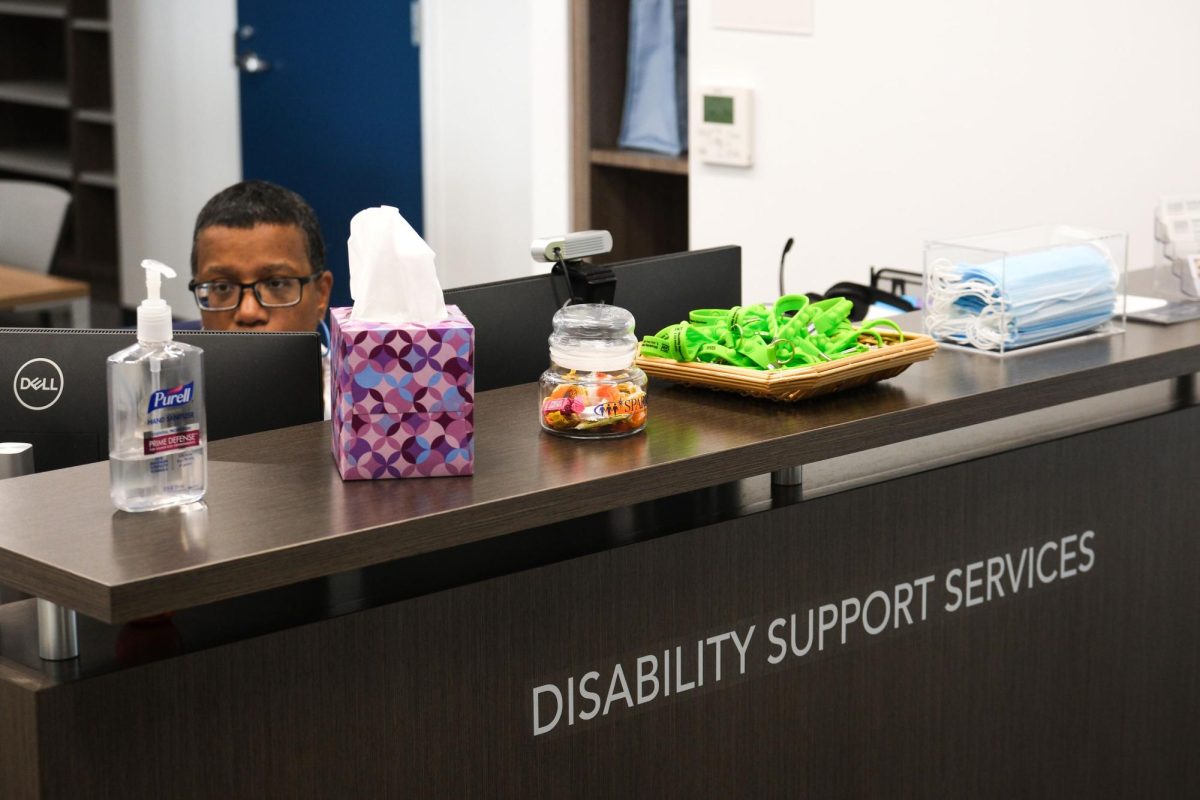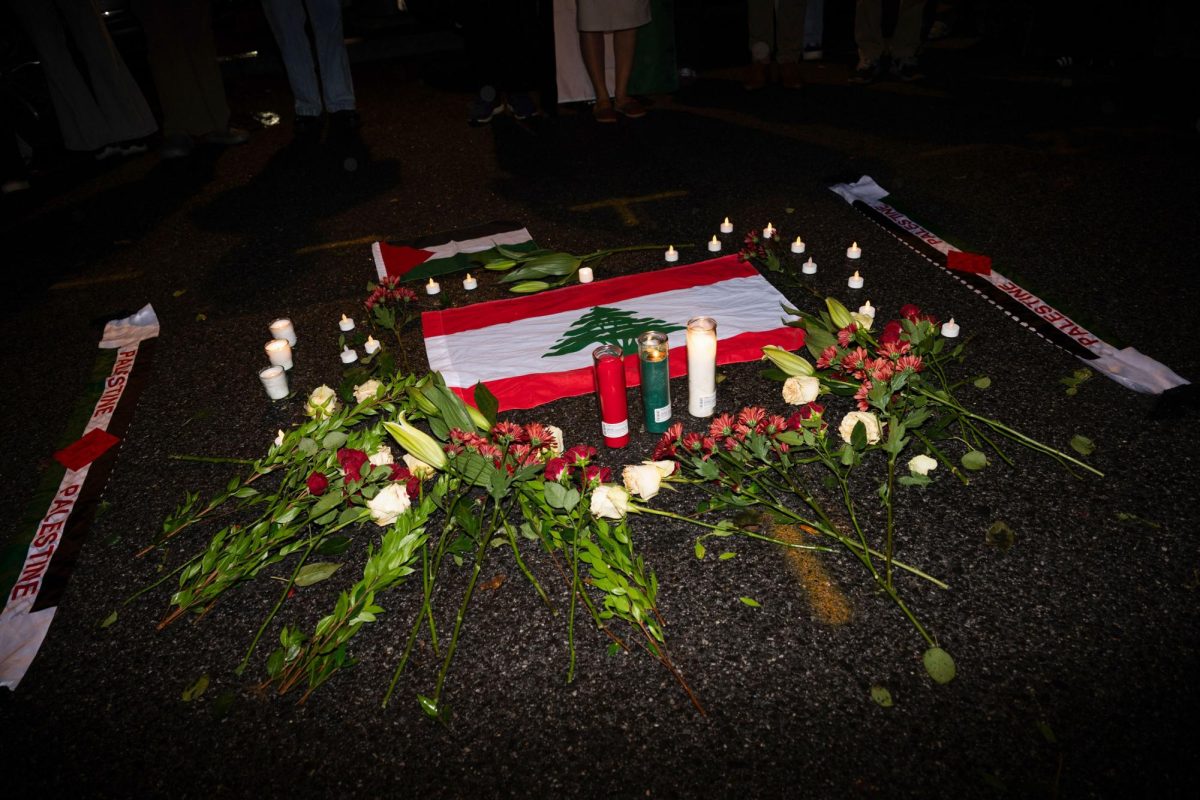
D.C.’s black history will come together this spring, as researchers piece together texts, images and videos documenting the city’s African American community at Gelman Library.
A half-million dollar grant will allow the University and five other city organizations to combine their collections, helping GW become a hub for the city’s African American history decades after the University harbored a reputation for racist administrators and all-white groups on campus.
Faculty in GW’s Africana Studies department also plan to develop courses around the collections, which will tell the story of the role the city played as a refuge for runaway slaves around the Civil War.
Bernard Demczuk, assistant vice president for District relations, will develop the courses to be taught at GW and the School Without Walls. He said he hopes the courses will eventually be taught at all D.C. schools and universities.
“Most people don’t know this great black history of Washington, D.C. They know the history from the perspective of George Washington and Thomas Jefferson. They don’t actually know the history of D.C. from the slaves’ history,” he said.
Demczuk, a former aide to D.C.’s famous four-time mayor Marion Barry and a teacher at the School Without Walls, has helped oversee GW’s outreach to support HIV/AIDS research in the city and relationships with D.C. Public Schools. Last year he organized a rally for students at the School Without Walls to support Trayvon Martin, the 17-year-old black teen whose death sparked a national outcry when his killer, George Zimmerman, did not face jail time.
Demczuk said the project could serve as an example for other major cities to showcase their black heritage as well.
GW will work with six other organizations, including the District of Columbia Archives and the Howard University Moorland-Spingarn Research Center, each providing their own collections to add to the database.
Bergis Jules, the University archivist and one of the principal investigators on the grant, said the grant will help GW become a leader in bringing D.C. communities together. It comes at a time when the city’s black population dipped below 50 percent for the first time in about 50 years.
“I think this makes sense for the library and for GW because we are very interested in collecting and preserving the history of D.C., and while this is subject specific, it’s still Washingtonia in a lot of ways,” Jules said.
Gelman currently hosts a Washingtonia collection, as well as a collection around the life of Walter Fauntroy, a former D.C. council member, which the University will contribute to the general collection.
Adele Alexander, an adjunct professor of African Studies, said the department would likely become more well-known from outside researchers accessing the database.
“It’s a newly conceived interdisciplinary way of looking at African and African American and African Diaspora history in D.C.,” Alexander said.
Ethelbert Miller, director of the Afro-American department at Howard University, said for the project to have an effect of the city’s black community, researchers would need to educate people about how to use the collections.
He said his personal collections were stored at Gelman, and he hoped the database would help increase their reach.






